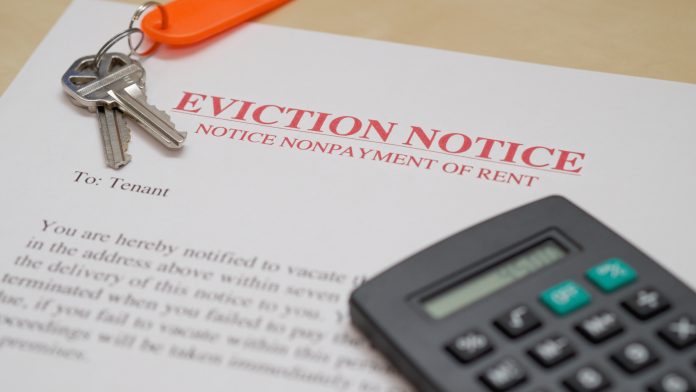Key Highlights
- Federal eviction moratorium set to expire Friday
- Eviction moratorium and enhanced unemployment insurance benefits of $600/week have helped some renters remain in their homes
- Some Rust Belt cities seeing eviction rates hovering +40% higher than usual
Some 20M – 28M Americans are facing a threat of eviction for two reasons right now. One, the federal moratorium on evictions on subsidized housing is set to expire this Friday. Two, the expanded unemployment insurance benefits offering $600/week is set to expire the last Friday of July…this Friday.
Download Your FREE Ultimate Agent Survival Guide Now. This is the exact ‘do this now’ info you need. Learn NOW How to Access All The Bailout Program Cash You Deserve. Including Unemployment and Mortgage Forbearance Plans. To Access the Ultimate Agent Survival Guide Now Text The Word SURVIVAL to 47372. 4 Msgs/Month. Reply STOP to cancel, HELP for help. Msg&data rates may apply. Terms & privacy: slkt.io/JWQt
Both the Senate and House of Representatives are in session this week and are struggling to find solutions to both of these problems. (Another article to be posted next week discusses the expanded unemployment insurance benefit. This article focuses specifically on the end of the eviction moratorium.)
Matt Desmond of Princeton University’s Eviction Lab directs the Lab’s efforts in tracking evictions across the country. Desmond told National Public Radio’s Morning Edition that, if protections expire, the nation could face mass evictions and a substantial rise in homelessness. Desmond said, “In some cities in the Rust Belt, you are seeing evictions go up. Milwaukee and Cleveland, evictions have been hovering around +40% higher than they usually are at this time in a typical year. That’s pretty scary.”
Annually (in “normal” pre-COVID years), 3.7M evictions are filed. Broken down, 3.7M evictions filed translate into 7 evictions filed every minute of the day. This number far exceeds the number of foreclosure starts the nation saw at the height of the foreclosure crisis.
Broken down by demographics, one in 20 Caucasian renters faces eviction every year. One in eleven African American renters faces eviction every year and approximately one in thirteen Latin-X renters.
In states such as Georgia, North Carolina, Idaho, West Virginia, Wyoming, Alabama, Arkansas, Kansas, Louisiana, Missouri, Nebraska, South Dakota, Tennessee and Texas, current orders do not prevent landlords from filing to evict tenants who have experienced financial hardship due to the pandemic. On the complete opposite end of the spectrum, the Governor of Connecticut issued an executive order for a moratorium on evictions, foreclosures and utility shutoffs through August 22. Even though there is a grace period to repay rental debt and a deal with mortgage lenders to delay mortgage payments temporarily, without further action on rental debt, Connecticut could still see a surge of evictions soon after the state of emergency passes.
Thanks to Princeton University’s Eviction Lab and National Public Radio.
Also read: Best & Worst Cities for First-Time Buyers in 2020, California Tenants Plan Rent Strikes – “This Is About Survival”, Freddie & Fannie Extend Multifamily Forbearance























